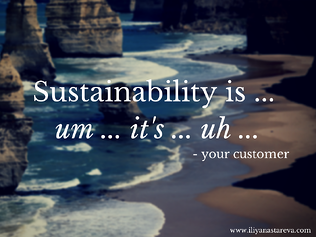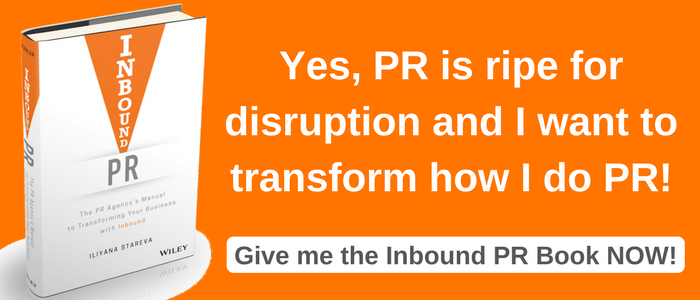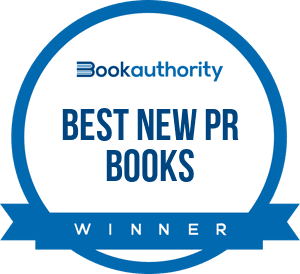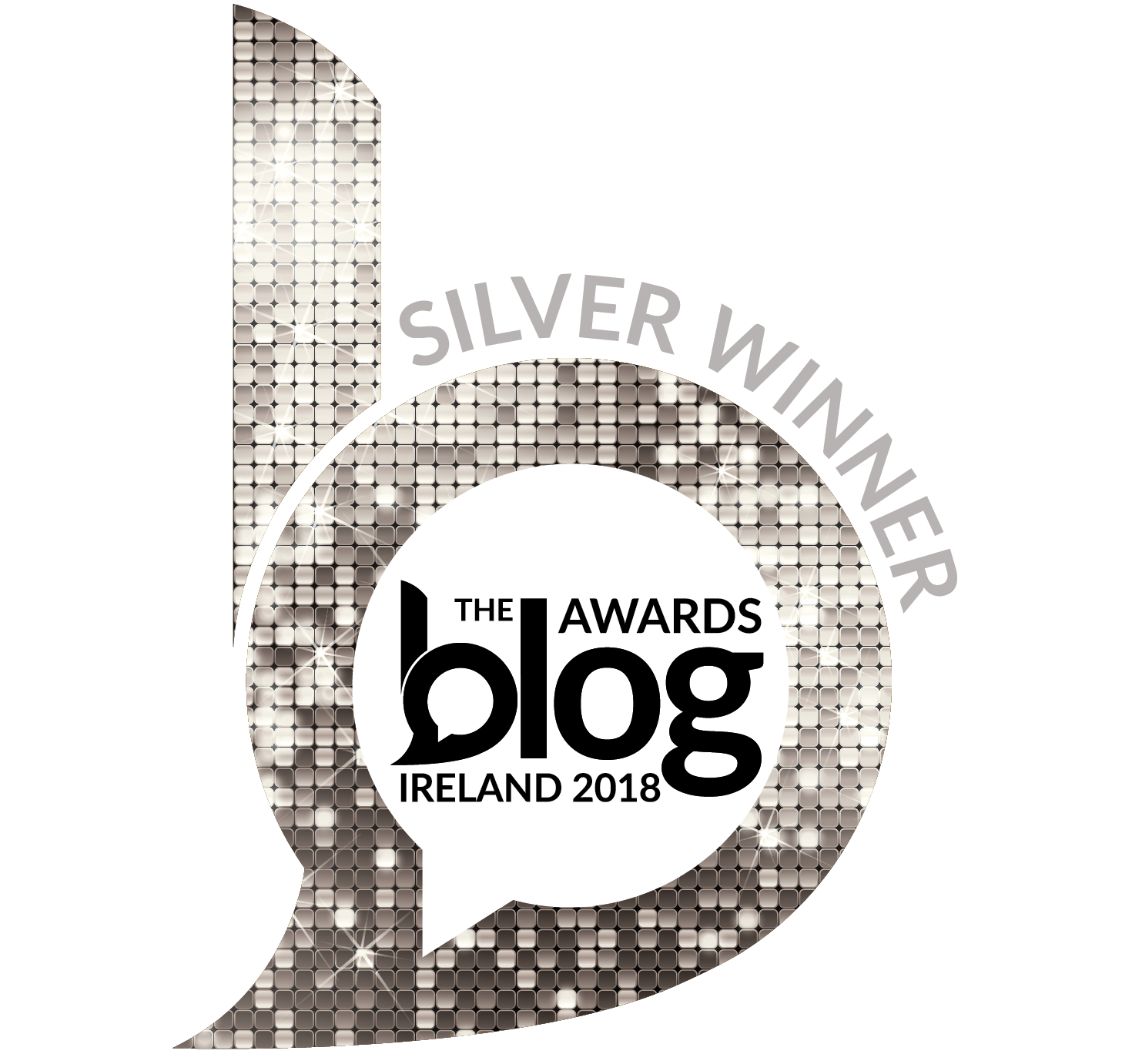What is sustainability? You've got 15  seconds to define it in one sentence! Go! Tough, right?
seconds to define it in one sentence! Go! Tough, right?
It's difficult for businesses to describe what sustainability is, but it's even more difficult for consumers to understand it.
Companies have already recognised the value of sustainability to waste and energy reduction, cost savings, increased profitability over the long term and a prosperous future for all of us on our endangered planet, but has the mainstream consumer realised that? Does she see the need to adopt and demand sustainable consumption?
Sadly, I think no.
And that's the biggest barrier for sustainability. The real problem behind making sustainable consumption mainstream is the lack of awareness among people that such products and services exist, and that these are a big part of the solution towards solving pressing global issues such as resource and water scarcity, pollution and waste, carbon footprint, urbanisation etc. I'm not saying that companies don't have an important role here, I am only saying that if companies were facing much stronger demands from consumers for sustainable products, then companies wouldn't have any other choice but to respond to that pressure in a timely manner and transform their business models. If that were so, then the process of aligning sustainability with overall business goals and especially financial strategy as well as embedding sustainability within the entire business, including developing metrics to track progress and tie in with external factors (e.g. environmental costs), would have already been largely adopted. And so would have consumer behavioural and consumption change already been mainstream. It's a viscous circle...
Triple Pundit puts it really good: "The issue ... has long become the Achilles’ heel of the sustainability movement, making companies wonder what on earth can be done to get consumers on board."
The value of sustainability is undeniable. But it needs to be recognised at the top and at the bottom. Of society, of companies, of governments.
As my friend Julie Urlaub says, "The ability to drive to new levels of sustainable business performance requires more than executive leadership; it involves engagement at all levels."
During the Sustainable Brands conference in San Diego a few months ago, Raphael Bemporad addressed how: “Sustainability doesn’t mean anything real to consumers. Too often, it brings to mind technical issues or seemingly insurmountable environmental challenges.”
People simply don't know. The majority of them don't even understand what sustainability means. It's a big term. Imagine how confusing it is for ordinary people who haven't studied sustainability at university or haven't read a book or an article about it. Is sustainability just environmental sustainability, or is it about waste and water management, resource and climate change management, renewable energy and supply chain efficiency, or diversity and equality issues? Is it a business model or just some operational activity? And how does it relate to me? Consumers seem to find it hard to connect sustainability to their own wellbeing or success.
From what I've seen, current corporate talk is indeed confusing. Not only that, the majority of normal people don't even get to 'hear' that corporate talk because it is usually buried in dry PDF reports somewhere on the website so that only a person that is actively looking for them (and so obviously knows about their existence) can find them.
Sustainability communications needs to become more closer to the individual; it needs to be simply put and so easy to understand; it needs to be relevant and so to deliver a real benefit; it needs to be fun, cool, different and so shareable to spread.
Making it compelling and purposeful is key, but so are flexibility and innovation too, because in today's dynamic and fast-changing markets and societies, it's novelty and difference that engage and add value.
For one, we've got social media that gives us flexibility and in parts innovation.
So we have the channels, but what is missing?
Well, storytelling! Yes, storytelling – the buzzword of the year among PR, marketing and comms professionals.
We need a new narrative for sustainability. A narrative that's inspiring. Stories that stimulate the mind. Stories that add value. Stories that get remembered. And shared.
Direct selling used to work once, it doesn't now. We don't live in the Mad Men era anymore. And so brands forget that "what's in it for me" and "how does this relate to me" is key. The hero of your stories can't be your brand or product, but your ordinary customer – that normal person that can make a difference, an impact with your product or service, translating it into normal everyday life that others can identify with.
The challenge for existing brands is to redesign their communications and more importantly to change their current business models and cultures and then make that transparent to the world. Because communications is only powerful when it is based on true facts. Walking the talk is key to building trust. Without trust, no one will want to buy from you. You need to be in it for the long run.
Once that's established, the more creative part can begin – developing those winning stories by creating an authentic sustainable persona and building a sustainable narrative around it.
A new report called The New Sustainability Narrative comes quite in handy here. It presents an interesting framework of how to tap into the consumer shift towards a broader and more meaningful set of values around mindful living and sustainability.
The framework is based on three key innovation pathways:
- Human scale: Communicate sustainability in the context of everyday life (to local people, places and opportunities).
- Joy of sustainability: Connect to the universal aspiration to live a meaningful and happy life (to reward positive action and create a social currency for joining the movement).
- Better every day: Inspire innovation and refuse to accept compromise (to encourage everyone to take action and put the power of innovation into consumers' hands).
To utilise these pathways effectively, companies must very well understand their consumer and create specific buyer personas. The report calls these tribes. It's essential to become familiar with the symbols, beliefs, language and rituals of the three identified tribes and to approach each one of them in a different, highly personalised manner in accordance with these elements and the innovation pathways:
- The radius tribe for human scale: the people who do rather than talk. Their mission is to live practically and improve local community; they share assets and skills with friends and community members, celebrate local traditions, experiences and stories and they unite in local events to bring them together and co-create.
- The good collective tribe for joy of sustainability: the people who make every moment count. Their mission is to have fun and share the good; they do good and volunteer, share their activities online inspire others to join the movement and they are rewarded for “do gooding” and sharing by e.g. receiving discounts on responsible products or donating back to charities and other NGOs.
- The bettering tribe for better every day: the people who see what’s possible. Their mission is to live a better life and make every day better; they enhance products, services and experiences to be more sustainable by e.g. upcycling; they influence companies by sharing ideas and experiences on social media to help improve their practices and they engage with them in celebrating achievements and crowdsourcing.
The report also offers some simple guidelines of how brands can lead the way forward with inspiring approaches and narrative:
- Manifesto: Give them something to believe in (e.g. The Holstee Manifesto)
- Badge: Give them a community to belong to (e.g. TOMS)
- Megaphone: Amplify their voice and creativity (e.g. GE Garages)
- Currency: Give them social status and something to share (e.g. Upworthy)
- Rally: Give them a platform for participation and impact (e.g. Ben and Jerry’s EngageMint party)
What this all means is that yes, it is challenging to change consumer behaviour, it will require hard work, and time, and money, but it's a worthwhile investment because it can provide tremendous competitive advantages. What's more, those who lead the way will have the unique position to stop this devastating process of destroying the groundwork of human prosperity in an orgy of reckless consumption.
How can brands disrupt their sustainability communications?







